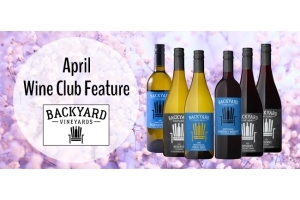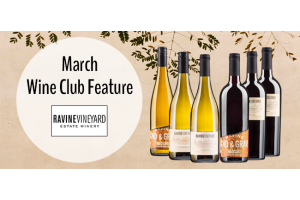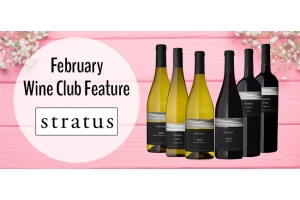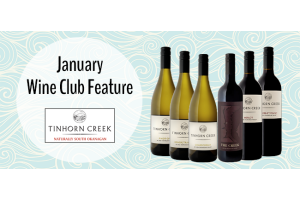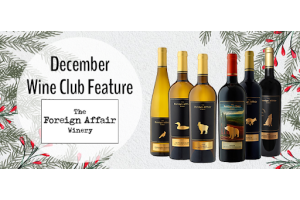Wine 101: Crash Course on Nova Scotia
Last week was my first visit to Nova Scotia's stunning wine country, and while I didn't get a chance to tour the region properly, I did get enough of a taste to want to learn more. Because of Nova Scotia's seclusion and relatively tiny production, there isn't a glut of information out there, but here's enough to get us started.
The Low-Down
Nova Scotia is a cool-climate growing region in Atlantic Canada, and if you haven't yet tasted the wines, they are likely better than you think. The province produces bubble (the gamut going from traditional method sparkling wine, to sweeter, Asti-like fizz), whites, reds, fruit wine, and icewine. While the province has been enjoying a surge in quality wine production over the last couple of decades, don't call it the new kid on the block—vines have been grown here since the 1600s, among the first in North America.
Grapes
The grapes grown in Nova Scotia are a mix of hybrids and Vitis vinifera suited to cooler climates. Whites, vinified with a focus on brightness and green characters, are commonly made from L’Acadie Blanc, Seyval Blanc, Vidal, New York Muscat, Chardonnay, Ortega, Siegerrebe, and Riesling. Reds tend to be made from hybrids Lucie Kuhlmann, Baco Noir, Marechal Foch and Leon Millot.
Terroir
There are seven regions spread around the province (all apparently within 20 km of the ocean), but you'll find a major chunk of the wineries in the Gaspereau Valley, near the town of Wolfville. The soils range, but include sites with varying degrees of red clay, loam, sand, and gravel. A tidal airflow off of the Bay of Fundy moderates temperatures, discourages pests and mildew, and safeguards against frost in spring and fall. The tides around the bay are the highest in the world (up to fifty feet in some places) and each day, 160 billion tonnes of water flows in and out during one tidal cycle—more flow than all the world's fresh water rivers combined. Yes, this is a unique place.
Growing Statistics
There are over 16 wineries, 70 grape growers, and more than 720 acres under vine in 7 different regions across Nova Scotia.
Favourites
While I still have plenty to taste, the wines that have struck me as being special so far are the sparkling wines and the still whites from the Tidal Bay appellation. Some of the bubbles made using the traditional method (à la Champagne) are extremely well made—fresh, minerally, and toasty.
Since 2012, wineries can submit their wine for the appellation of Tidal Bay. The wines are tasted blind by a panel and the flavour profile must reflect Tidal Bay's coastal MO with characters of "lively fresh green fruit, dynamic acidity and characteristic minerality." They must also have no more than 11% alcohol. I particularly enjoyed the 2014s I tasted from Luckett Vineyards and Benjamin Bridge.
My Wine Canada currently offers wine from two great Nova Scotian producers, Luckett Vineyards and L'Acadie Vineyards.
Jake Skakun is a writer and sommelier from Vancouver, currently living in Toronto. He can be found most days pulling corks and twisting caps at the Black Hoof. He Tweets and Instagrams @jakeskakun.

